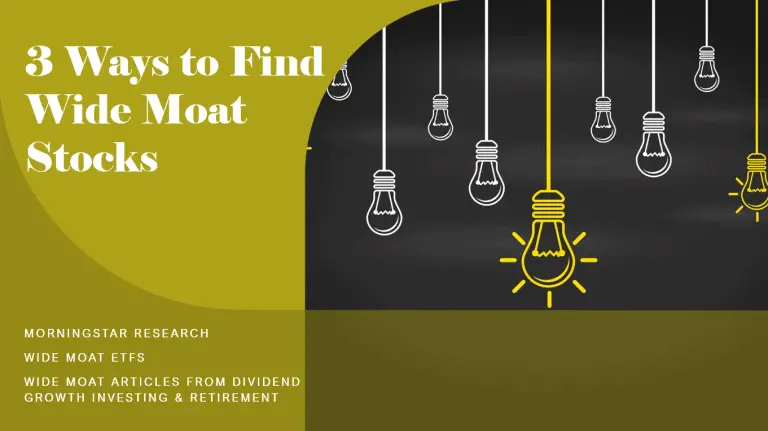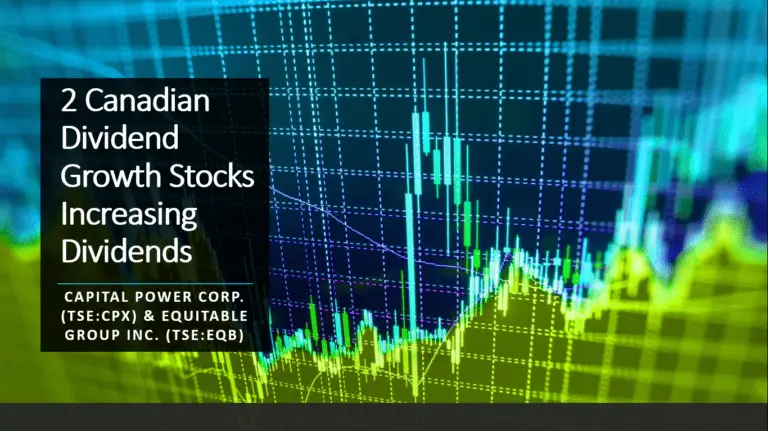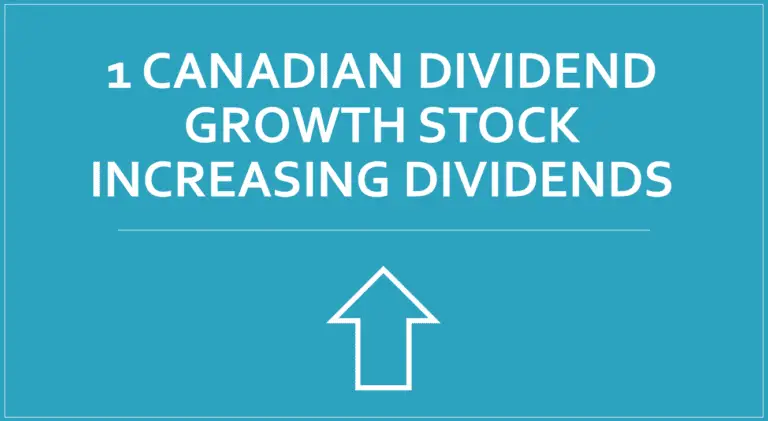Dividend Growth Investing & Retirement is supported by its readers through donations and affiliate links. If you purchase through a link on my site, I may earn a commission. Thanks! Learn more.
One thing that is often overlooked when buying shares is having an exit strategy. Investors will spend a lot of time determining which stock to purchase and for what price, but they don’t think about selling until much later on. When you buy shares it is important to have a plan in place on when you plan to sell the shares. By considering the buy and sell side of an investing decision you will make better investing decisions.
Before I buy shares I like to think about how I’d react if the price dropped a huge amount or if it went up a huge amount. For instance if the price dropped 25% after I purchased the shares what do I think my reaction would be. I try and put myself in those shoes and determine what I’d do. If I think that a 25% drop would lead me to sell the shares then I probably shouldn’t be investing in that company. I want the companies I invest in to be great companies, and if the share price drops 25% I want to be able to recognize that the company is still a great company and I now have the opportunity to buy more shares at a discounted price. If it’s my feeling that I’d sell after a 25% drop then most likely my gut is telling me I don’t consider the company to be great and my investment is more speculative than rational. Considering these types of situations helps me avoid gambling in the stock market.
We’ve looked at the downside scenario; now let’s assume the stock price went up 25%. I don’t think there is anything wrong with locking in a gain, but I invest for dividend growth, so if the share price goes up 25% I don’t want my reaction to be to sell. I want to re-examine the company, realize I bought it for its increasing sustainable dividend growth and hold on to the stock as it continues to pay out more and more dividends. If my feeling is that I’d sell at a 25% gain, then this is likely a more speculative investment for me, and I’m trying to avoid these. There are always exceptions, for instance if the price goes up to something crazy high I’d probably sell the stock and invest in a better valued dividend growth stock.
Before buying shares it is important to know why or when you would sell. When I buy a stock it’s my hope that I never have to sell it. My investing strategy is to buy, hold and monitor dividend growth stocks. Ideally I don’t want to have to sell a stock; I’d rather hold onto it and collect an increasing stream of dividend income. That said there are a few instances where I’d consider selling a stock.
- Dividend cuts. If the company cuts its dividend I will try and sell the stock immediately. My main investing reason was for sustainable dividend growth and the company has just stopped this trend. When a company cuts its dividend it usually follows with a stock price decline for a period of time, so I want to sell as quickly as I can.
- Slowing dividend growth or no dividend growth. Occasionally I’ll purchase shares that have a low yield, with an expectation of high dividend growth. If the company doesn’t deliver that high dividend growth, then I’ll consider selling. This also applies to companies that have kept their dividend payments at the same level for a number of years. I want to invest in dividend growth companies, so if the dividend isn’t growing or growing at a slow pace, I’ll consider selling. Companies that start and continue to go below their normal dividend growth rates suggest that the company may be experiencing some difficulty. In these cases it may be time to re-evaluate.
- Fundamental change in the business or industry. If the business or industry has changed fundamentally and I don’t think dividend growth is sustainable in this new environment, then I will consider selling.
- The stock price is really high. I mentioned this before briefly. If the price has gone up to really high prices for reasons that are beyond me (market hysteria), then I might consider selling. In these cases I’m usually only going to sell if I can see another company out there that I could buy at a more reasonable valuation. Sometimes a stock price might reach very high levels because another company is planning on buying it. In these cases it will depend on the new company and whether or not I consider them a dividend growth stock that I’d want to own.
- Company is being purchased. I touched on this with number 4. If the company I own is being purchased by a company that I’m not interested in owning, then I will sell the shares. This might happen if the company was purchased by another company which I don’t consider a dividend growth stock.
There you have it, my main reasons for selling a stock. I know each investor has their own reasons for selling, but by thinking about them before you purchase you should be able to improve your investing decision making.
Newsletter Sign-Up & Bonus

Have you enjoyed our content?
Then subscribe to our newsletter and you'll be emailed more great content from Dividend Growth Investing & Retirement (DGI&R).
BONUS: Subscribe today and you'll be emailed the most recent version of the Canadian Dividend All-Star List (CDASL).
The CDASL is an excel spreadsheet with an abundance of useful dividend screening information on Canadian companies that have increased their dividend for five or more years in a row.
The CDASL is one of the most popular resources that DGI&R offers so don't miss out!






![How to get free online access to the Value Line Investment Survey in Canada [+ list of Canadian stocks covered by Value Line]](https://dividendgrowthinvestingandretirement.com/wp-content/uploads/2018/08/Free-Online-Value-Line-Investment-Survey-Access-in-Canada-Map.-768x526.png)
